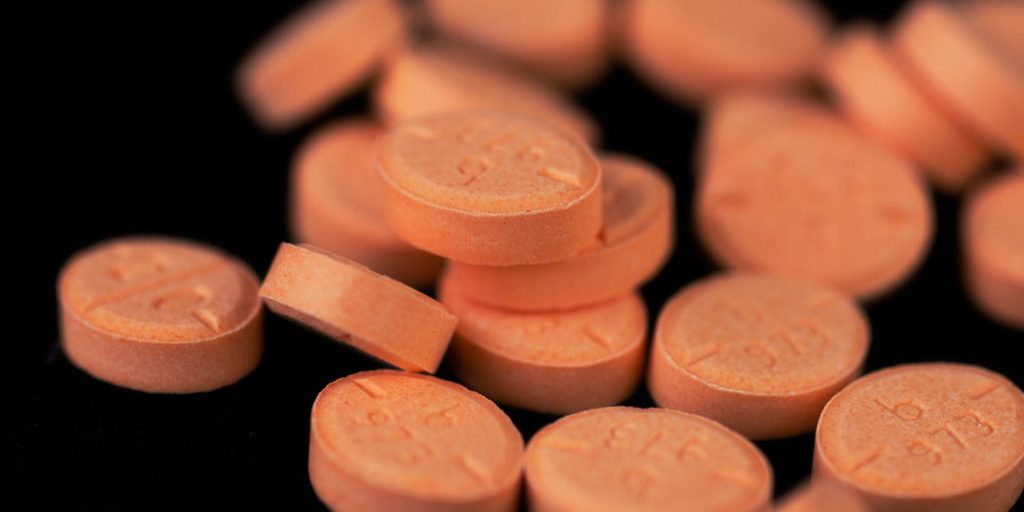Researchers have found evidence that children with severe symptoms of attention-deficit hyperactivity disorder (ADHD) exhibit structural brain abnormalities, but that stimulant treatment can normalize these differences. Neuropsychopharmacologycompared brain structure in children with different levels of ADHD symptoms and medication use, providing insight into how these medications may help beyond managing symptoms.
ADHD is a common neuropsychiatric disorder characterized by inattention, impulsivity, and hyperactivity that affects approximately 5.3% of children worldwide. Children with ADHD often face significant social and academic challenges, leading to a reduced quality of life. To manage these symptoms, stimulant medications are often prescribed to increase dopamine levels in the brain.
Previous studies using structural magnetic resonance imaging (MRI) have found structural abnormalities in the brains of children with ADHD, particularly in areas associated with salience detection and reward processing, such as the insula and nucleus accumbens. However, the results of these studies have been inconsistent, with some studies suggesting that stimulant medications can normalize these brain abnormalities, while others have found no significant changes. Many of these previous studies had small sample sizes and limited replicability, making it difficult to draw clear conclusions.
This study aimed to overcome these limitations by taking advantage of a large and diverse sample from the Adolescent Brain Cognitive Development (ABCD) Study. By analysing a larger and more representative population of children, the researchers hoped to clarify whether stimulants can indeed normalise brain structures associated with ADHD.
“This project has been a team effort,” the study authors said. Zhang Yi“Our co-authors, Dr. Nora Volkow and Dr. Jean-Jacques Wang, have been using brain imaging techniques since the early 2000s to study the effects of psychostimulants (methylphenidate, Ritalin) in drug-naive adult patients with ADHD,” said the Xi’an professor.
“This project leverages brain MRI data from the NIH-supported ABCD (Adolescent Brain Cognitive Development) database, collected from 21 medical centers in the United States. The database contains brain images, clinical characteristics, and behavioral data from children collected from about age 9. The ABCD project follows these children for 10 years. For our project, we used data from the early childhood (ages 9-10) of these children.”
The sample consisted of 7,126 children aged 9–10 years, divided into three groups based on ADHD symptoms and medication status.
- Stim Low – ADHDThis group included 273 children with mild ADHD symptoms who were receiving stimulant medication.
- ADHD without MedicationThis group consisted of 1,002 children with severe ADHD symptoms who were not receiving medication.
- Normal Development Control (TDC)This group consisted of 5,378 children with mild ADHD symptoms who were not receiving medication.
The researchers employed latent class analysis (LCA) to classify children based on their ADHD symptoms using the Children’s Schedule for Affective Disorders and Schizophrenia (K-SADS) criteria, a method that allowed the researchers to identify distinct subgroups of children with similar symptom patterns.
The researchers also used linear mixed-effects models to analyze differences in brain structure between the three groups, controlling for variables such as age, sex, race, socioeconomic status, body mass index, and family background. Brain structure was assessed using high-resolution structural magnetic resonance imaging (MRI).
The study found significant differences in brain structure between the unmedicated ADHD group and the other two groups. Specifically, unmedicated children with severe ADHD symptoms (unmedicated ADHD) showed lower cortical thickness in the right insula and smaller subcortical volume in the left nucleus accumbens compared to both stimulant-treated children (unmedicated ADHD) and typically developing controls (TDC). These results suggest that unmedicated ADHD children have structural abnormalities in brain regions associated with salience and reward processing.
In contrast, there were no significant differences in brain structure between the low-stimulation ADHD group and the TDC group, indicating that stimulants may normalize the brain structural abnormalities associated with ADHD. The brain structure of children treated with stimulants resembled that of typically developing children, suggesting that the medication may not only alleviate ADHD symptoms but may also address the underlying neurobiological deficits.
“We found that children with ADHD appear to have structural abnormalities in brain regions associated with salience and reward processing,” Chan told PsyPost. “Stimulant treatment not only improved ADHD symptoms but also normalized these structural brain abnormalities.”
While these findings are promising, the study has several limitations. First, the study is cross-sectional, meaning it captures a snapshot at a point in time, and cannot definitively prove causation. Longitudinal studies that follow children over an extended period of time are needed to ascertain the long-term effects of stimulants on brain development.
Second, the study did not take into account the dose and duration of stimulant use, which may affect the extent of brain changes. Future studies should take these factors into account to better understand how different treatment regimens affect brain structure.
Additionally, this study only included children ages 9-10, so the results may not apply to older children or adults with ADHD. Further research is needed to explore how these brain changes progress with age and continued drug use.
“We plan to follow up on these children over the next few years to understand their brain development,” Zhang said.
the study, “Stimulant medications in children with ADHD normalize the structure of brain regions associated with attention and reward.” authors are Feifei Wu, Weibin Ji, Yaqi Zhang, Fukun Jiang, Guanya Li, Yang Hu, Xiaorong Wei, Haoyi Wang, Szu-Yung (Ariel) Wang, Peter Manza, Dardo Tomasi, and Nora D. Volkow. , Xinbo Gao, Gene-Jack Wang, Yi Zhang.


